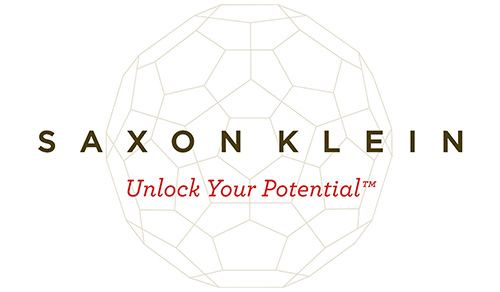The Information Memorandum (“IM”) is the pivotal document in all your discussions leading up to the legal agreements. It does two things: it sells your business to the investor and it also protects you from litigation if things later head south.

Once you have had your first meeting, qualified interest, had the Cook’s Tour, got an NDA, the next step is to give them the IM.
An IM is between 20-30 pages long and follows an established format. The main purpose is to give enough information about the business for an interested investor to give you an indicative, non-binding terms sheet. There are also three subsidiary purposes:
- To “sell the sizzle” with emotionally satisfying graphics, images and words.
- To document the information given to the investor to date.
- To set out the legal basis on which such information is given to the investor:
- Having this in writing seeks to protect you against subsequent lawsuits that degenerate into a “he said/she said” over oral representations.
- For example, if it all goes to hell in a hand basket, a disgruntled investor might later allege you said something like, “this is a guaranteed investment” or “at least one per cent of all the people in China will subscribe to our service.” If such a statement is not in the IM or the Subscription Agreement, then they will be hard pressed to get home on the allegation. It’s not impossible, mind you, just more difficult.
The Contents of a Capital Raising IM
The IM sets out the following:
- Legal disclaimers, confidentiality and warnings on “forward looking statements.”
- Letter from the CEO.
- Executive summary comprising business overview, quick facts about the business, turnover and profitability.
- The problem that the business solves and the way it solves it.
- Business history and milestones achieved to date.
- Key strengths.
- Key assets.
- Corporate information, including board, management, key employees by function, shareholders, corporate tree and advisors.
- Market analysis, including overall sector revenue, profit, annual growth, annual estimated revenue and number of businesses in the sector.
- Competitor analysis, including list of competitors, competing products, size, market share, indicative customers and comparison of competitors’ strategies.
- Planned developments.
- Customers and databases.
- Distribution channels, such as resellers, distributors and forward order book.
- Risks, both general market risks and specific risks for the business.
- Financials.
- Key person overview.
- The opportunity, including how the business fits financially or strategically into the investor’s investment thesis.
- Expression of Interest.
When to Give Them the IM
The timing of delivery of the IM is important. Often prospective investors, particularly busy professional investors, will say at the outset, “Email me the IM and we will have a look at it.” VCs and PE firms, on the other hand, rarely ask for it until they have met you several times and have a genuine interest in taking it further.
There are two problems with emailing the IM before you have met an investor:
- You have not pitched them in the normal sequence of Elevator Pitch, One-Pager, first meeting with the Ten Slide Deck and the Ten Minute Pitch. Thus you have not:
- Introduced your opportunity in an ascending order of buyer involvement,
- Gauged their interest at each step along the way, or
- Given them a chance to get to know you or your team.
- If you send them the IM without meeting them, it usually goes on to “the Pile.”The Pile is that pile of unread IMs, prospectuses and bulky investment documents that sits on a professional investor’s desk unread, untouched and unloved.
Ideally, the IM is given to the potential investor after you have rechecked their temperature at the end of the Cook’s Tour or the second meeting. If they are interested, give it to them. If not, don’t.
The IM at this second meeting is ideally in hard copy so that they can skim through it during your second meeting. Nearly 80% of all interested investors (and 100% of all potential buyers in the IT space) will then ask for soft copy, but a hard copy gives people something to do with their hands during your second meeting.
At the back of the IM is the Expression of Interest (“EOI”) form. This form is the one you are looking for them to sign at the end of your second meeting. It is non-binding, doesn’t specify the number of securities and pretty much just says, “I’m interested.” It is, however, another step along the sales journey if they sign it.


